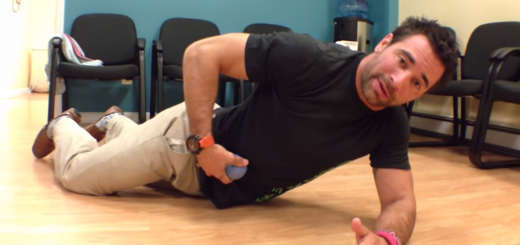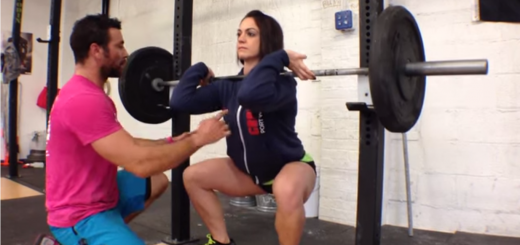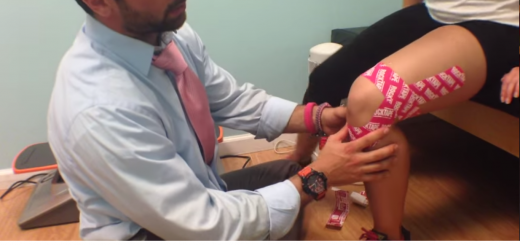Shoulder pain is a common complaint of CrossFitters. There can be a plethora of causes for shoulder pain, including soft tissue pathology, biomechanical deficits, structural damage, and anatomical abnormalities. Without having a formal evaluation, I cannot say what the origin of your shoulder pain is, but hopefully — by tackling some of the more common causes of shoulder pain — we can get you back to doing presses, pushups, pullups, cleans,snatches, handstands, and muscles-ups without pain.To understand the purpose of certain exercises for the shoulder, you need to understand the basic anatomy and biomechanics.
Shoulder Anatomy & Biomechanics
What makes the shoulder a great joint is that it can move in three different planes and has a wide range of motion. However, the shoulder’s strength is also its weakness, as several components need to work in harmony to produce a full painless range of motion. Approximately 17 muscles working in conjunction with the scapula and humerus bones will produce most of your motion. If you’re a member of the legion of supple leopards, you’ll understand that there needs to be adequate clavicular, lumber, thoracic, and cervical spine mobility to produce full overhead movement as well.
What is full overhead movement? At the box, it’s the difference between a counted rep versus a no rep. But if you want to take out your goniometer, it’s 180 degrees of flexion and abduction.
We have all these bones and muscles working together just to get that darn weight overhead, but I’ll try to break it down as simply as I can: The scapular must move synchronously with the humerus for overhead movement. This is called scapulohumeral rhythm. A simple number to know is that there is a 2:1 ratio of humeral to scapular movement. For every 2 degrees of humeral movement, there is one degree of scapular upward rotation. Once you get to approximately 150 degrees of elevation, which is most likely a no rep, the scapula must posteriorly rotate; the thoracic spine must extend; and there must be some lumbar extension as well (keep that core tight!) to reach that full range of 180 degrees. Proper scapulothoracic rhythm is necessary, as it maintains optimal muscle length and contraction of the rotator cuff muscles — the stabilizers of the humeral head in the shoulder socket.Of the many muscles working together to produce normal scapular and humeral movement, we can organize the muscles into distinct groups:
Scapular pivotors
Humeral Propellers
Humeral Positioners
Shoulder Protectors
- Rotator cuff (Supraspinatus, infraspinatus, teres minor, and subscapularis)
- Long head biceps
Okay, so now what? If you’re having shoulder pain with overhead movement, my advice is to rest and avoid activity that creates pain. During this rest period, we’ll focus on mobility of the joints affecting shoulder elevation (assuming there is some limitation here). In next week’s piece, we’ll address the accessory work of targeting and re-educating specific muscles listed above to improve shoulder mobility.


















